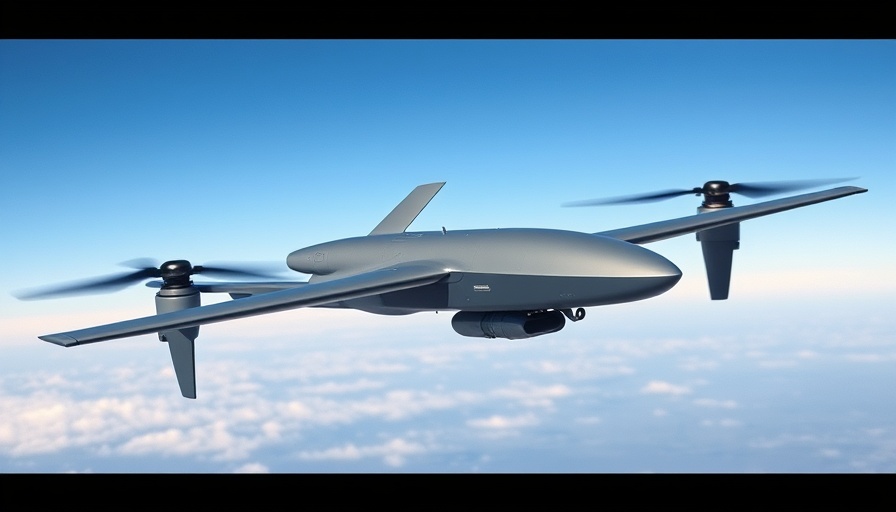
The Exit of a Tycoon: Ong Beng Seng's Legacy
Ong Beng Seng, a name synonymous with luxury and hospitality in Singapore, is stepping down as managing director of Hotel Properties amid a series of personal and legal challenges. At 79, Ong's decision is rooted in health concerns and legal troubles stemming from his connection with a corruption scandal involving the former Singapore transport minister, S. Iswaran. As he faces charges of corruption and battles bone marrow cancer, this marks a pivotal shift not just for him personally but for the entire hotel and property sector in Singapore.
The Impact of Ong's Departure on Hotel Properties
Hotel Properties, which boasts a portfolio of 38 hotels across 17 countries, including the prestigious Four Seasons in Singapore, will be navigating through turbulent waters following Ong's resignation. This move comes just weeks before a critical annual shareholders' meeting, where his absence might influence investor confidence. Interestingly, contrary to what one might expect from such tumultuous news, Hotel Properties' shares saw a 4.7% increase in mid-morning trading, indicating potential optimism from investors regarding future management changes.
Understanding the Legal Quagmire Surrounding Ong
This scandal is not just a personal issue for Ong but also raises significant questions about governance and ethics in the real estate and hospitality industries. Ong has been charged with abetting former minister S. Iswaran in facilitating the acceptance of gifts from a businessman, including luxury accommodations and high-profile event tickets. The ramifications of these allegations extend far beyond his own future; they could spark a reassessment of compliance and regulatory frameworks within the Singaporean business landscape.
Health Concerns and Business Leadership
As Ong steps down due to health issues, particularly his battle with a rare form of bone marrow cancer, it sheds light on the often-overlooked intersection of personal health and corporate leadership. This scenario underlines the pressing need for succession planning in family-owned businesses. With Ong and his wife being the controlling shareholders, how Hotel Properties navigates this transition will be critical. Leading industry experts suggest that internal promotions or hiring external candidates might be necessary to maintain stability.
Looking Forward: The Future of Hotel Properties
In an era where strong leadership in hospitality is paramount, how will Hotel Properties fare without Ong at the helm? The company has shown resilience in the past, evidenced by its recent acquisition trends and strategic divestitures aimed at focusing on high-value properties in prime locations. Analysts anticipate that the company may pivot towards technological innovations in management, enhancing guest experiences while ensuring compliance with industry standards.
Industry Reactions: What This Means for Property Development
Ong's departure is a bellwether for the property development sector, reflecting broader trends around accountability and leadership in times of crisis. Business owners and property developers should consider the implications of such leadership changes, both from a strategic and reputational standpoint. Experts suggest that this could lead to amending corporate governance practices, ensuring that transparency and ethical conduct are prioritized.
Conclusion: A Call to Action for the Industry
As the hospitality and real estate markets continue to evolve, stakeholders from business owners to facility managers must remain vigilant about leadership integrity and the health concerns that can influence company direction. Ong Beng Seng’s story serves as a reminder of the dynamic interplay between personal issues and corporate responsibilities. Professionals in the industry should take a proactive approach to understand the significance of succession planning and ethical business practices to foster sustainable growth.
 Add Row
Add Row  Add
Add 




Write A Comment